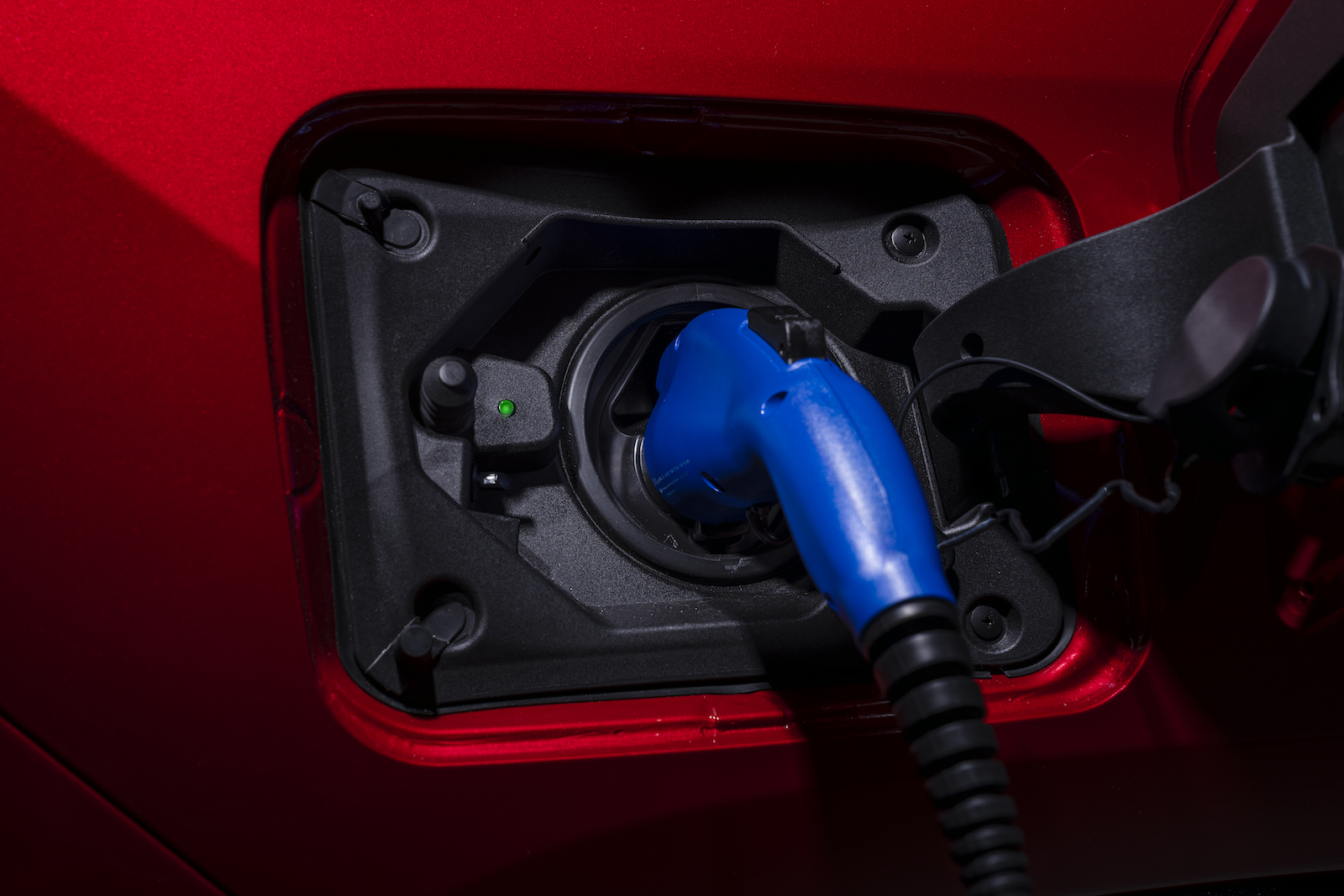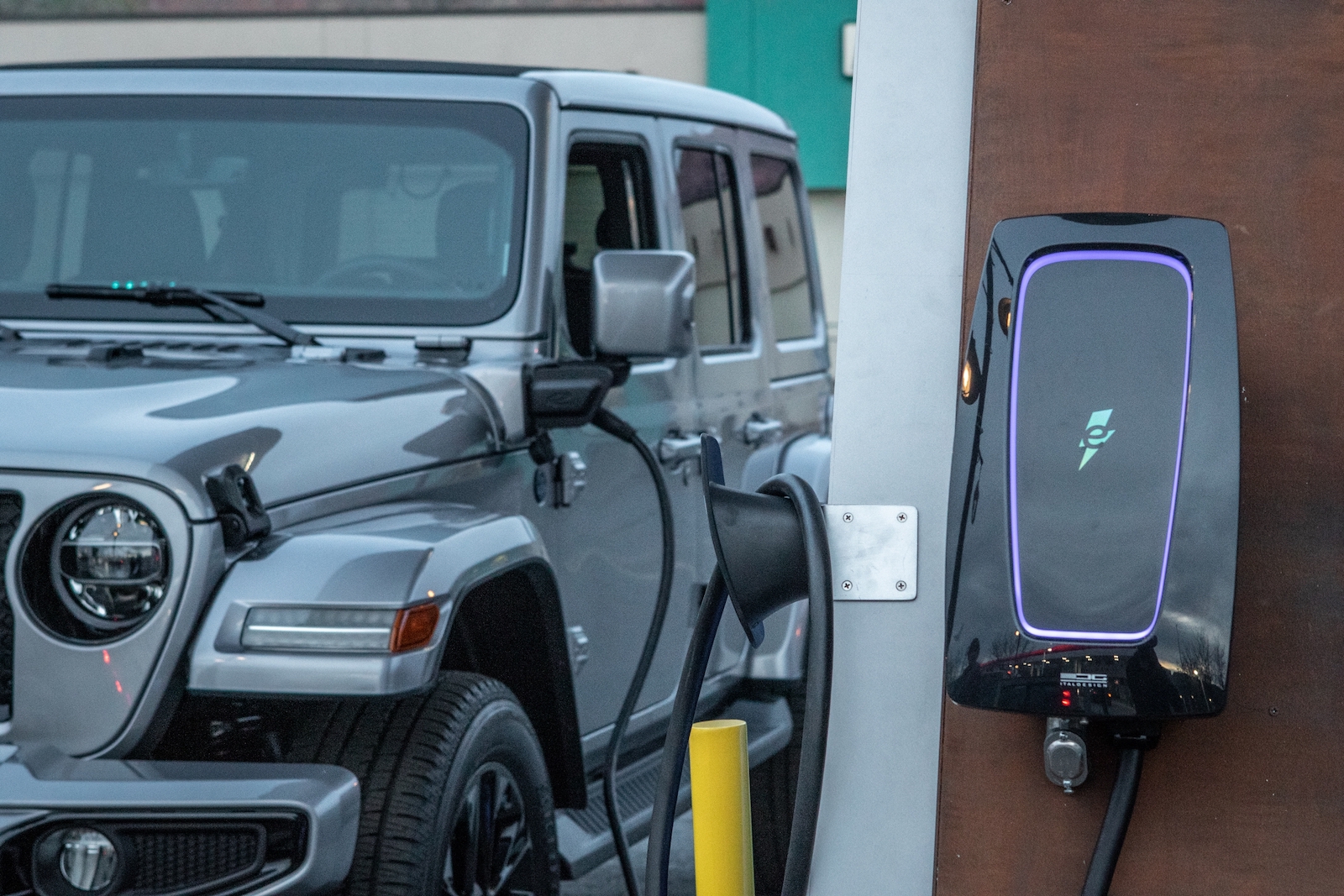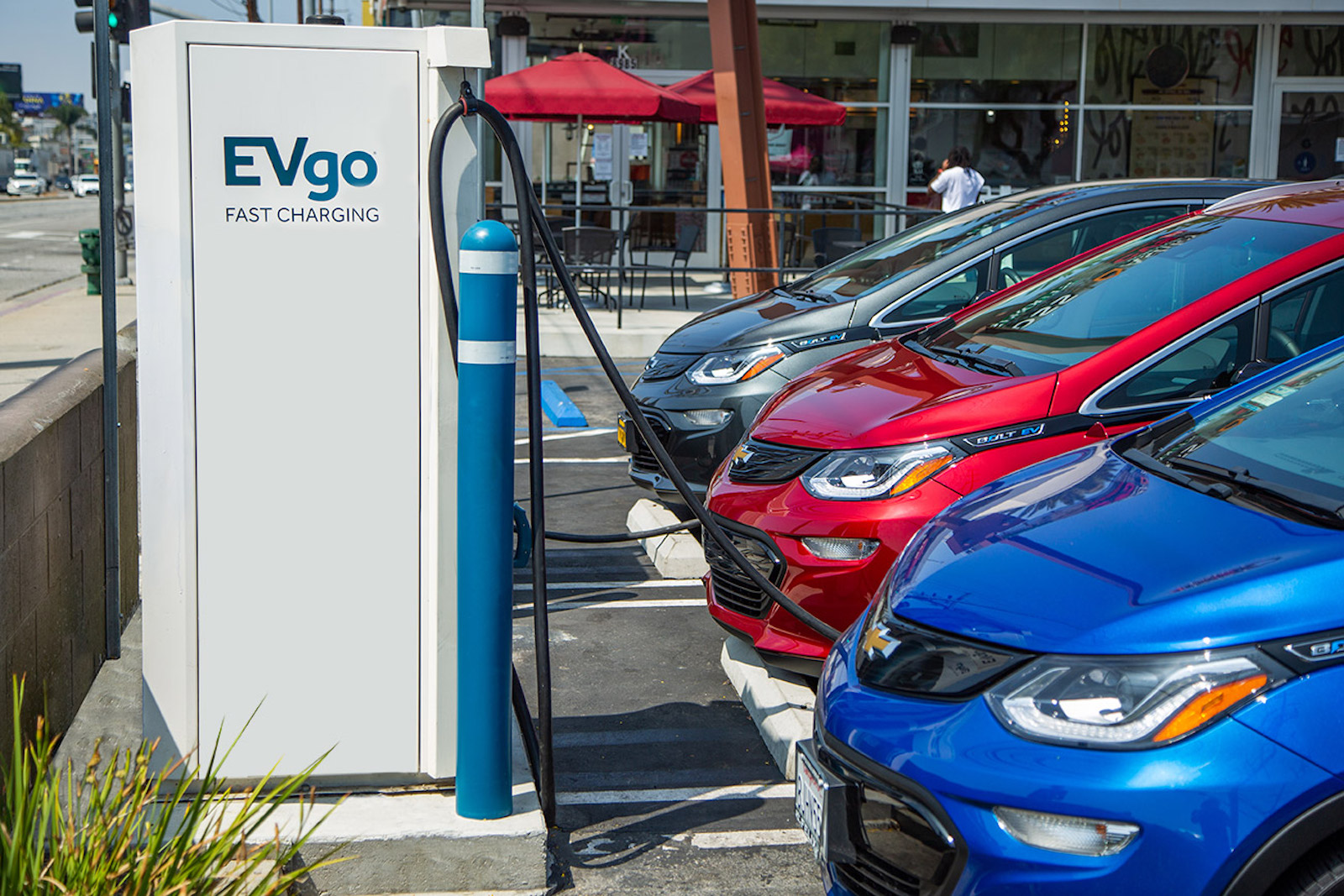One of the benefits of buying an EV is the potential to earn state and federal incentives — including up to $7,500 in tax credits from the IRS. On the down side, the Inflation Reduction Act reduced the number of models qualifying for the federal giveback — but new guidelines mean that, if your EV does qualify, you now get your rebate instantly, rather than waiting until you file your annual taxes.

Consumers looking to buy a new EV are getting good news. If they qualify, they can get their $7,500 tax credit right at the dealership.
Let’s start with the basics: The average EV is more expensive than a comparable gas model, typically carrying a premium of $5,000 or more once you adjust for the higher level of features on most all-electric models.
The good news is that you can more than offset that price penalty after factoring in potential state and federal incentives — most notably the up to $7,500 in tax credit you can collect from the IRS.
The caveats
There are several caveats here. For one thing, under the Inflation Reduction Act passed by Congress last year EVs have to meet a handful of criteria covering not only where they’re assembled but where both the batteries and raw materials are sourced from.
When the guidelines were first announced early this year, barely a dozen all-electric models, and a handful of plug-in hybrids qualified. But the industry has found a workaround which we’ll get back to shortly.
If you do qualify for tax credits there’s even better news.
Until recently, you had to wait for your money until you filed your tax returns for the year. Buy a battery-electric vehicle in January 2023, for example, and you might not get any payout until April 2024. But new guidance from the U.S. Treasury Dept. this time is working in the favor of EV buyers.
Credits now can be used for downpayments
The new rules say that, come January 2024, a motorist buying one of those qualifying EVs will be able to transfer the tax credits to their dealer. That means you potentially can apply the money as a downpayment reducing your up-front payment.

The tax credit can not only be taken off the price of the vehicle, it can be used as a downpayment too.
“For the first time, the Inflation Reduction Act allows consumers to reduce the upfront cost of a clean vehicle, expanding consumer choices and helping car dealers expand their businesses,” said Laurel Blatchford, the law’s chief implementation officer.
Incidentally, not only can buyers claim as much as $7,500 on a new EV, but also those purchasing used EVs could stand to receive up to $4,000 in credits.
How to see if you qualify
Here’s the thing to take note of if you’re looking for an EV: the rules covering the federal tax credits are complex and strict, especially when it comes to the sourcing requirements. But there are rules regulating how much income a buyer makes, while also setting a ceiling on the price of the electric vehicle.
The first step for a potential buyer is to point your web browser to fueleconomy.gov to see if you and your vehicle of choice qualify. There is a trick to be aware of, however. The rules turn out to be a bit looser when it comes to leasing, rather than buying an EV. If your model of choice doesn’t seem to qualify it’s worse checking with your dealer to see if you actually can claim a tax credit by leasing.
(Under the rules, the dealer or finance company actually gets the credit when leasing, but most are passing that on to customers. You need to make sure of the details before signing on the dotted line.)
New rules could boost EV sales
One way or the other, making the credits easier and quicker for buyers to receive is expected to further accelerate EV demand. As recently as 2019, electric vehicles accounted for less than 1% of the U.S. new vehicle market. That topped 5% in 2023 and, so far this year, the figure has averaged about 8.4%, according to J.D. Power.
The Biden administration wants to see EVs account for 50% of the U.S. new vehicle market by 2030, and incentives are seen as a critical way to motivate potential buyers.
Dealers must register
There had been some concern on the part of dealers worried about how fast they, in turn, would actually receive the credits from the feds. The Treasury Dept. now says that this should happen within 72 hours of applying.
To participate, they need to register with the IRS — and they can find out more by clicking here.
Among other things, buyers will need to verify that they meet the EV income limits included in the IRA.
“The IRS has focused on streamlining this process for car dealers as part of its commitment to improving service and helping taxpayers claim the credits they are eligible for,” said Blatchford.




0 Comments